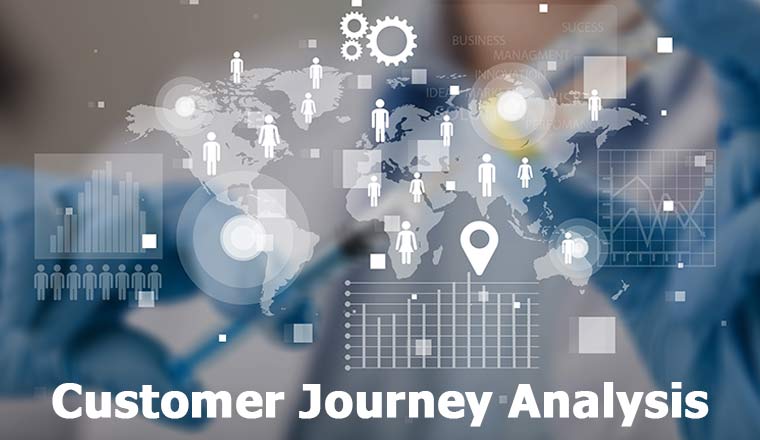7th October 2022

Customer journey analytics is the science of analysing customer behaviour across touchpoints and over time to measure the impact of customer behaviour on business outcomes.
This approach continues to gain momentum as enterprises recognize the value of customer journeys as a means to monitor customer experience performance and identify opportunities for improvement.
Measuring customer experience is still a struggle for many enterprises. For the past three years, organizations have ranked quantifying the return on investment (ROI) of CX initiatives and investments as their greatest challenge.
Data and organizational silos are the primary barriers, particularly for banking, telecom and health insurance companies, who are inundated with overwhelming amounts of data from millions of customers.
Today, more and more organizations rely on journey analytics to overcome these hurdles.
Thanks to Genesys
To analyse your customer journey, you need to know your key customer touchpoints.
In order to do this, it is best to map out your customer journey in an exercise that includes each department in your organization.
Once you have done this, you can determine how you gather data at every touchpoint of the journey – remembering that each touchpoint can influence the customer’s decision-making.
By analysing the customer journey, we can assess how customers move from one touchpoint to another. But there are multiple ways we can do this.
Let’s say we have a specialized customer journey analytics system. We could undertake any of the following five types of analysis:
Organizations are trying to unite each department, using customer journey maps as a diagnostic tool.
For many, the focus has therefore shifted to creating a shared, unified view of the customer and measuring the journey across the whole customer experience.
By observing how customers interact with us, from the first point of their journey until the last, we can spot trends in customer behaviour – allowing us to:
Customer journey analytics has a number of benefits, but by using any of the five types of customer journey analysis above, we can answer complex questions like: